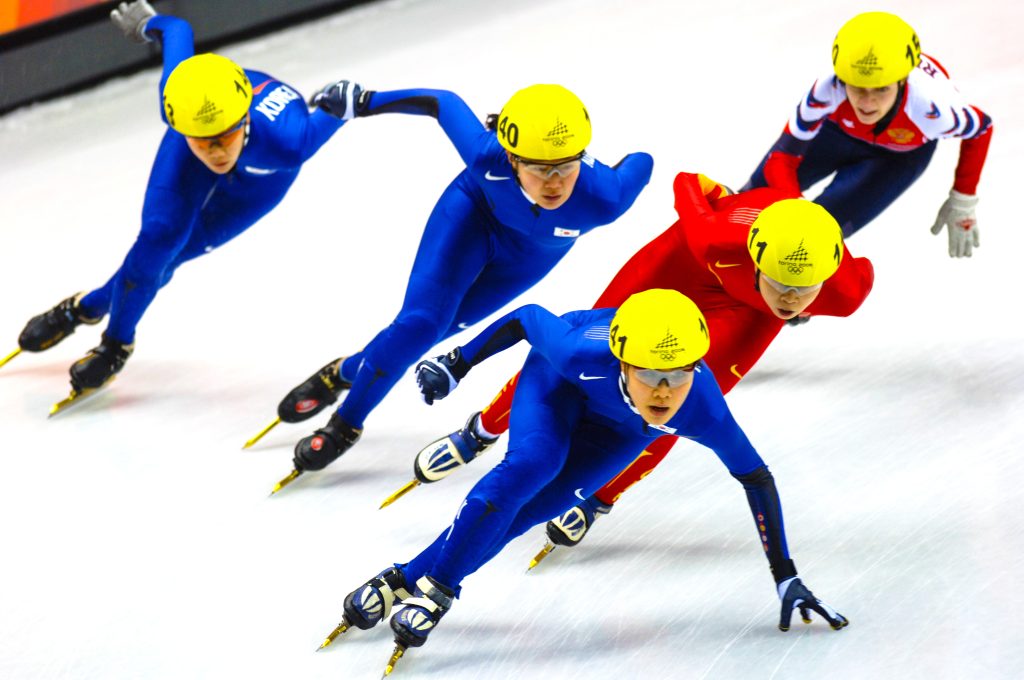Olympic Speed Skaters: How Fast Do They Move On Ice?
Ice sports typically require a lot of mental focus, determination, strength, agility, balance, and endurance. However, for speed skating, there is also the requirement of speed. Speed skaters are required to move very fast on ice, and when you measure the actual speed that they move, you are bound to be impressed.

Speed skaters can move as fast as 35 mph for long-track speed skaters and 30 mph for short-track speed skaters, and sometimes even faster. Those are swift movements, especially when you consider that they have to do that in a 111-meter or sometimes 400-meter oval, taking sharp turns and trying to evade competitors. If there is something that this sport is not, it is not for the faint-hearted.
Many Olympians wear extreme forms of protection because of the speed, acceleration, and likelihood of colliding involved in speed skating. Some protection you would see on an average Olympian speed skater include neck guards, graphite, knee and shin guards, cut-resistant gloves, and hard shell helmets.

There are varying types of speed-skating races based on distance. Some of the more popular ones we see at the Olympics include 500 meters, 1,000 meters, and 1,500 meters. There are also relay races of 3000 meters for women and 5000 meters for men.
Speed on ice is great fun to watch for the spectators, but for the athletes, it is a daring mix of courage and skill. Only those two ingredients will permit anyone to go that fast on ice.
